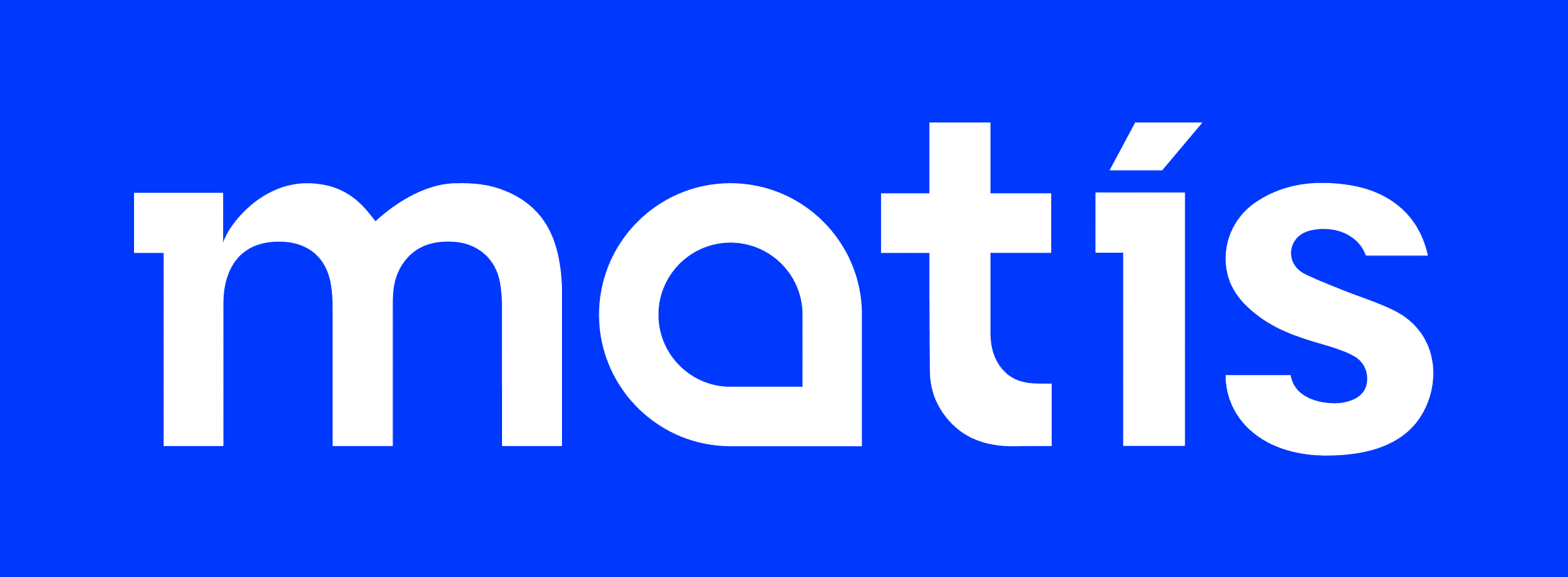A novel bacterium, designated 19SA41, was isolated from the air of the Icelandic volcanic island Surtsey. Cells of strain 19SA41 are Gram-stain-negative, strictly aerobic, non-motile rods and form pale yellow-pigmented colonies. The strain grows at 4–30 °C (optimum, 22 °C), at pH 6–10 (optimum, pH 7.5) and with 0–4% NaCl (optimum, 0.5%). Phylogenetic analyses based on 16S rRNA gene sequences showed that 19SA41 belonged to the genus Flavobacterium and is most similar to Flavobacterium xinjiangense DSM 19743T, with a sequence similarity of 96.52%. The new strain contained iso-C15 : 0 (22%) and summed feature 3 (C16∶1ω6c/C16∶1ω7c) (20%) as the predominant fatty acids. The major respiratory quinone was menaquinone-6 (100%). The polar lipid profile consisted of phosphatidylethanolamine and several uncharacterized amino lipids, glycolipids and lipids. The genome of the new strain was 4.01 Mbp, and its G+C content was 33.2 mol%. Based on characterization and comparative results, using a polyphasic taxonomic approach, we propose that the new isolate represents a novel species of the genus Flavobacterium with the name Flavobacterium aerium sp. nov. The type strain is ISCaR-07695T (=DSM 116640T =UBOOC-M-3567T).
Merki: Air
Overview of available methods for thawing seafood / Lausnir sem standa til boða við uppþíðingu á sjávarfangi
There is a constant demand for quality raw materials that can be used for producing seafood products for high paying markets in Europe and elsewhere in the world. Suppliers of demersal fish species in the North Atlantic are now meeting this demand by freezing the mainstay of their catches, in order to be able to have available supplies all year around. This is partly done because of seasonal fluctuations in catches, which are harmful from a marking point of view. The fact that all these raw materials are now frozen demands that methods used for freezing and thawing can guarantee that quality of the raw material is maintained. There are a number of methods available to thaw fish. The most common ones involve delivering heat to the product through the surface, as with conduction or convection. These methods include water and air-based systems. More novel methods are constantly on the rise, all with the aim of making the process of thawing quicker and capable of delivering better products to the consumer. These procedures are however, often costly and involve specialized workforce to control the process. All in all, it depends greatly on what kind of conditions a company is operating under regarding which thawing methods should be chosen. This report identifies the most common methods available and provides information on their main pros and cons.
Stöðug eftirspurn er frá fiskvinnslum víða um heim eftir góðu hráefni úr Norður Atlantshafi til framleiðslu á afurðum fyrir kröfuharða markaði. Til að mæta þessari eftirspurn og með hliðsjón af miklum árstíðabundnum sveiflum í veiðum á vissum fisktegundum hafa fyrirtæki gripið til þeirra ráða að frysta hráefnið til notkunar síðar meir. Það kallar á góðar aðferðir til að frysta hráefnið, en ekki er síður mikilvægt að þíðing hráefnisins sé góð. Til eru margar aðferðir til að þíða fisk og aðrar sjávarafurðir. Algengast hefur verið að nota varmaflutning í gegnum yfirborð með varmaburði eða varmaleiðni. Þær aðferðir byggja að mestu á því að nota vatn eða loft sem miðil til þíðingar. Nýrri aðferðir eru til sem reyna að gera ferlið fljótvirkara og þannig skila betri afurð til neytenda. Þessar aðferðir eru þó oft kostnaðarmiklar og fela í sér mikla sérhæfingu starfsfólks. Þegar öllu er á botninn hvolft, skiptir máli um hverslags rekstur er að ræða og hvernig aðstæður fyrirtæki búa við hverju sinni þegar þíðingaraðferðir og tæknilegar lausnir eru valdar. Í þessari skýrslu eru tilgreindar allar helstu þíðingaaðferðir og þær tæknilegu lausnir sem eru á markaðinum í dag, ásamt því sem helstu kostir og gallar þeirra verða tilteknir.

